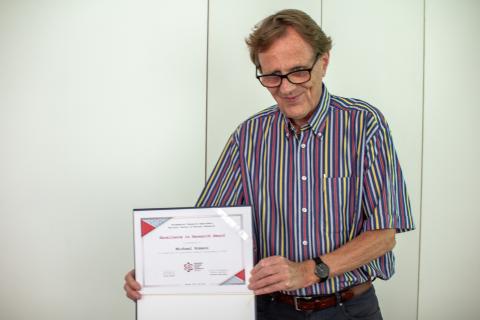
Annual Awards Presented by the Fundamental Research Department of NCBJ
On June 26, 2023, a Special Colloquium was held, during which awards were presented for the best research and popularization activities in 2022 at the Fundamental Research Department. The winners were Prof. Michał Bluj, a team consisting of Prof. Paweł Ziń and Dr. Maciej Pylak, Dr. Michael Romano, and Prof. Jerzy Kowalski-Glikman and Dr. Miguel Figueira
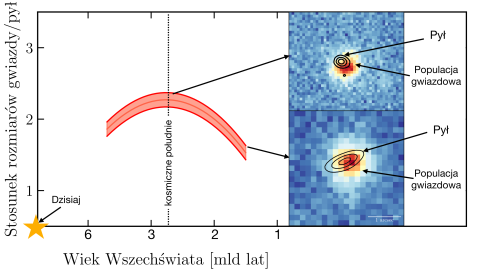
Unveiling the hidden stars: ALMA Shines a Light on Dust Attenuation
Interstellar dust is a key component in galaxies. It favors star formation and drives the chemistry and physics of the interstellar medium. However, it hides the majority of stars in a way that it is impossible to observe them. Astrophysicists use dust attenuation laws that would uncover these hidden stars by reverse-engineering the light from galaxies to quantify how many stars are there.
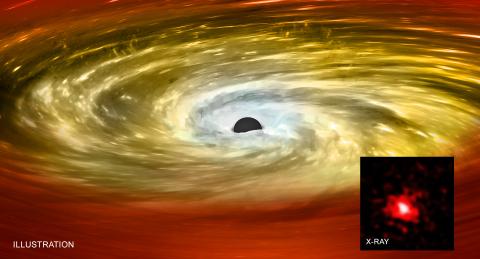
The project of a PhD student of the NCBJ Department of Astrophysics qualified for the „Pearls of Science” program
The first edition of the competition under the „Pearls of Science” program has been settled. One of the scientists qualified for the program is Krzysztof Lisiecki, MSc, a PhD student at the Astrophysics Department of the National Center for Nuclear Research, conducting research in the project „In search of witnesses to the early Universe – studying the properties of red nuggets”.
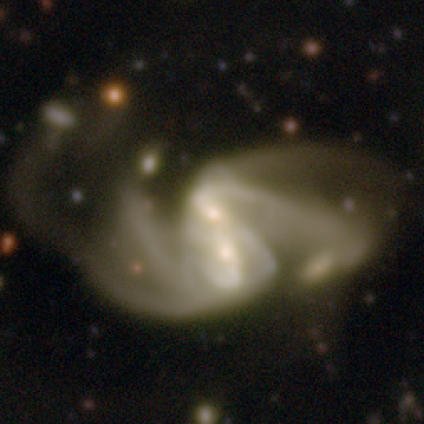
New images of tens of thousands of galaxies have been made available at the Galactic Zoo
Twenty thousand high quality images from the Hawaii Two-0 (H20)/Cosmic Dawn survey have been released to the public on the most popular citizen science project: Galaxy Zoo. Anyone in the world can become a citizen scientist and help astronomers classify images from the Subaru telescope.
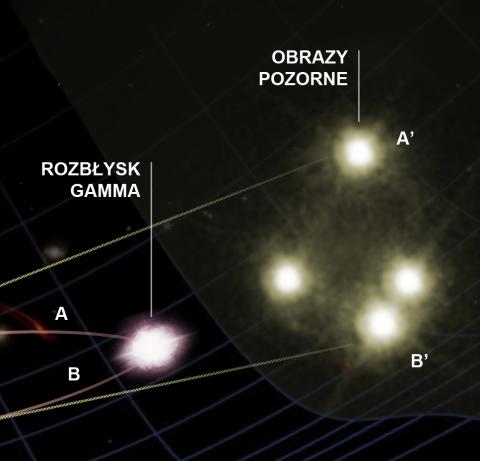
Wyścigi fotonów pod lupą grawitacji
Fotony przemierzają Wszechświat z niezmienną prędkością. Tylko czy zawsze wszystkie z tą samą? Aby sprawdzić, czy potencjalne efekty kwantowej grawitacji nie wpływają na prędkości fotonów o bardzo dużych energiach, polsko-chiński zespół naukowców zaprzągł do pracy dwa spektakularne zjawiska kosmiczne: soczewki grawitacyjne i wybuchy promieniowania gamma.
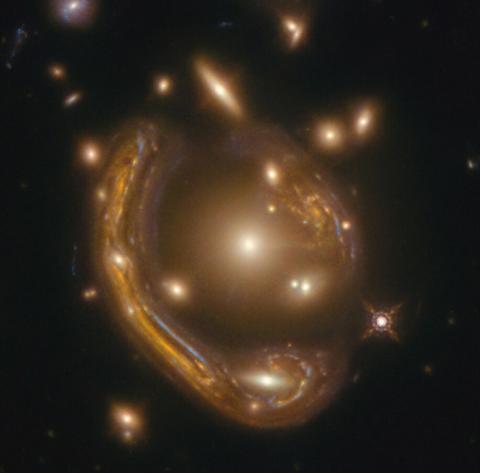
Artificial intelligence will track down gravity lenses
Images of distant galaxies, distorted by powerful gravitational lenses, are visually the most out-of-the-box phenomena photographed by telescopes. Their automatic detection is difficult for many reasons. During the international workshop in Warsaw, dedicated to machine learning, NCBJ scientists demonstrated theoretical models and software that deal with this task with high efficiency and reliability.




